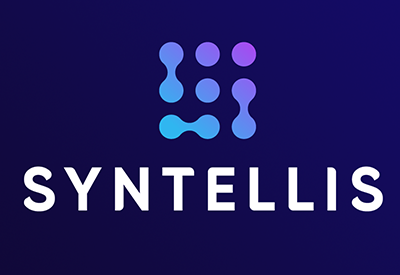State Data: Three Reasons It’s Valuable in Healthcare
Access to actionable state claims data is a critical component of understanding your healthcare market at a granular level. In most states, hospitals and health systems have access to their own state data, comprised primarily of CMS claims. Although the value of state data is often overshadowed by other datasets, such as an All-Payer Claims Dataset (APCD) that includes commercial payer data, the power lies in using these two datasets together to make data-driven decisions during strategic growth planning discussions.
In determining which types of data are most useful to your organization, remember three reasons why state data is valuable for growth planning:
1. State data helps answer questions about market share
Market share growth is a key focus for healthcare strategic planners. The best data to use for this kind of planning is state data. State data covers all cases within the reportable requirements, including self-pay and charity care, as well as claims processed directly with payers. Plus, since all facilities report in a conformed way to the state data collection entity — either the state health agency or hospital association — you can expect better coverage with state data.
2. State data provides comprehensive inpatient care insights
Reporting rules can vary by state, but it’s generally true that state data represents a high percentage of covered lives — 100% of inpatient care. Where outpatient care is available, state data typically includes ambulatory surgical care at a minimum, with occasional coverage beyond this. The (usually) strict reporting requirements mean state data is predictable enough to be used as a reliable source of truth.
3. State data can tell you where to grow
Because inpatient state data usually contains 100% of the market, analysts can easily track trends over time. By focusing on a specific service line, you can see if cases are rising or falling and adjust your near-term response and long-term strategy accordingly. Plus, if you have particular initiatives around growing a product or service line, state data makes it easy to see the impact of your efforts over time.
Extract Maximum Value from State Data
The challenge planners face when trying to extract insights from state data resides in the degree of variance in how this data is collected, organized, and categorized.
For large healthcare organizations that operate across state lines, it’s important to remember that when viewing data from multiple states, the following may vary:
- Release schedules
- Code formats: decimal versus non-decimal or county FIPS codes versus state-specific codes
- Data formats: flat files, CSV files, etc.
While state data is predictable and reliable, it can benefit from thoughtful curation to make it more useful for planning. Syntellis’ Axiom™ Market Opportunity Visualization puts actionable state data at your fingertips, automatically updated each time the data is refreshed. Before it’s loaded into the software, state data is cleaned, formatted, and QA’ed, providing healthcare strategic planning and analyst teams the opportunity to focus less on cumbersome data hygiene tasks and more on the important job of making informed growth decisions.
Contact us to learn more about using Axiom to analyze state data to better understand market share, competitors, and trends in your market.


